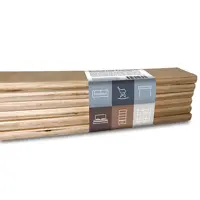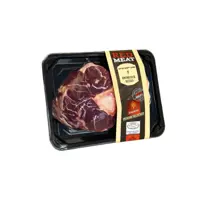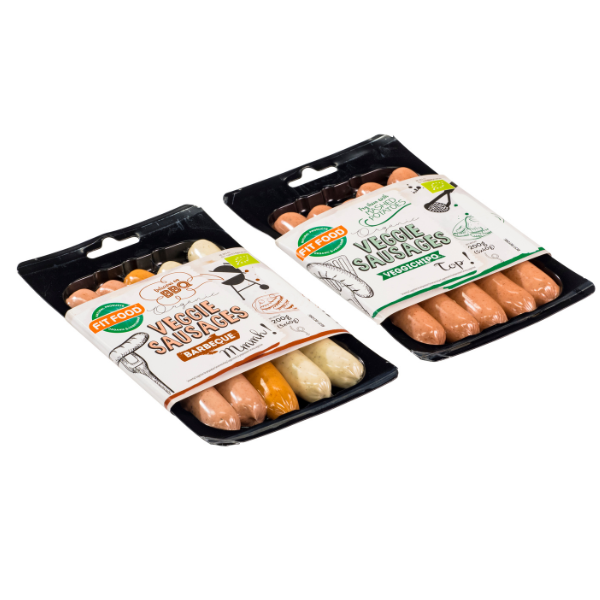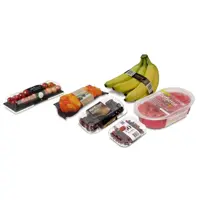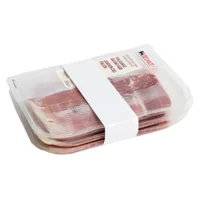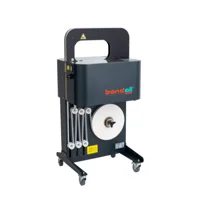Functionality and sustainability compared
In our previous post, we explored how bands and plastic bags differ when it comes to branding and the impact it has on shaping customer perceptions. But branding is only one part of the packaging equation. In this follow-up, we shift the spotlight to the practical side of things. What are the differnces between banding and plastic bags? What impact do these differences have on packaging textile products?
In this blog, we’ll explore key factors, such as application methods, recyclability, and operational efficiency, taking a closer look at how each packaging solution performs and what that means for your textile products.
Application: Simplicity vs. complexity
When it comes to application, banding and plastic bags take very different approaches.
Banding relies on a machine that wraps a narrow strip of paper or film around the textile product, sealing it at just the right tension. Depending on the setup, this can be done manually with a stand-alone machine or fully automated with conveyor systems that feed and discharge products through the banding arch. In many cases, textile items can simply be placed or stacked inside the arch, allowing for a fast, minimal, and streamlined packaging process.
Plastic bags, in contrast, fully enclose the product and require multiple steps. First, the textile item must be inserted into the bag. Then, the bag is sealed, either manually or automated with heat-sealing equipment, to ensure the product is secure. This method typically involves more handling, equipment, and energy, making it a longer and more resource-intensive process.
Waste and recyclability: Reducing the footprint
All packaging consumes resources, which eventually become waste once the product reaches the end user. That’s why minimizing material use and maximizing recyclability is essential to reduce environmental impact.
When comparing banding and plastic bags, the difference in waste generation is significant.
Banding uses minimal material, just a thin strip of paper or film, which results in far less post-consumer waste. This lighter footprint helps reduce strain on recycling and waste systems. When bands are made from recyclable materials and used in combination with mono-material packaging, they support a more efficient and eco-friendly disposal process.
Plastic bags, on the other hand, typically require more material to fully enclose a product. The addition of labels, adhesives, or stickers further complicates recycling efforts. These extra elements often need to be separated during sorting, increasing processing time, cost, and environmental impact.
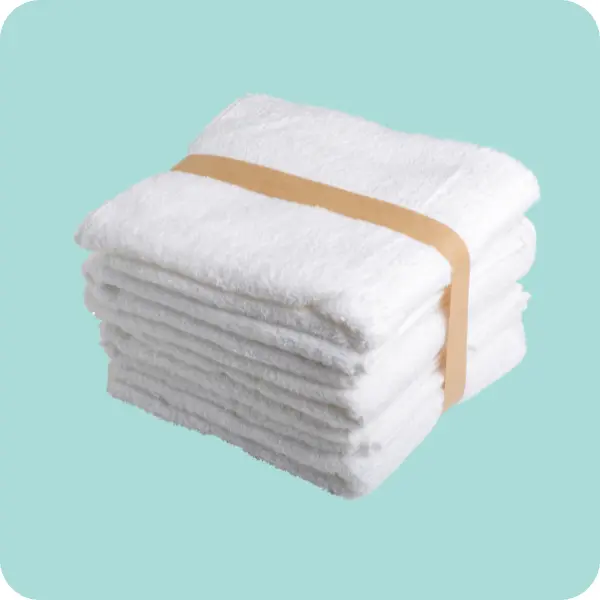
Material options
In today’s packaging landscape, material flexibility is becoming increasingly important. The ability to align both primary and outer packaging under a single material type, known as mono-material packaging, simplifies recycling and enhances environmental compatibility. It eliminates the need for material separation during disposal and supports more efficient processing.
Material choice also plays a role in how a product is perceived. As mentioned in our previous blog, packaging made from plastic can, in some cases, be seen as lower quality or less sustainable, potentially affecting brand image. Banding and plastic bags offer different levels of flexibility when it comes to material options that can be used.
Bands stand out for their versatility in material choices. Whether made from recyclable paper or film, they give companies the ability to align their packaging with both product requirements and sustainability targets. This adaptability not only supports recyclability efforts but also enables brands to tailor the appearance and feel of their packaging to suit customer expectations.
In contrast, plastic bags are confined to a single material, plastic, which limits creative and environmental flexibility. This makes it harder to innovate, achieve mono-material packaging goals, or respond to shifting industry standards and brand values.
Printing capabilities
Efficiently adding variable data to packaging, such as barcodes, QR codes, or product identifiers, is becoming a critical requirement in modern logistics and production environments. Whether for sorting, tracking, or compliance, efficient data printing plays a vital role in modern packaging workflows.
This is where banding has a clear advantage. Banding machines can be equipped with integrated printers that apply this data directly onto the band during the packaging process. There’s no need for extra labels or separate equipment, making the workflow faster, cleaner, and more efficient.
Plastic bags, on the other hand, lack this built-in flexibility. To include unique data, adhesive labels must be printed and applied manually or by separate machinery. This not only slows down the process but also introduces extra materials that complicate recycling and increase costs.
Bundling / stacking
Efficient bundling and stacking are essential for packaging folded textile products, especially when optimizing transport stability, and presentation matter. Banding and plastic bags approach this task in very different ways, each with distinct results.
With banding, the process delivers a firm, consistent wrap that keeps textile bundles tightly compressed. When used with a bundle press, the textiles are flattened beforehand, like a gentle press that shapes the stack, ensuring maximum compactness before the band is applied. The result is a neat, uniform bundle that’s easier to stack, more stable in transit, and visually appealing at the point of sale.
Plastic bags, even when carefully heat-sealed, often trap air or leave extra space around the product. This can lead to shifting or sagging during transport, making the bundles harder to stack and less visually tidy on display.
The bigger picture: Efficiency that adds up
From application to disposal, bands offer textile products a solution that uses less material, offers more functionality, and a simplified packaging process. While plastic bags may still be widely used, their limitations in sustainability, efficiency, and flexibility are becoming harder to overlook.
As efficiency becomes a critical factor in packaging decisions, it’s more important than ever for companies to invest in solutions that offer true value for money. Packaging should do more than just contain a product—it should contribute to broader business goals, supporting everything from streamlined operations to sustainable practices.
Questions about our banding solutions?
Together we can find opportunities to optimize your packaging.
